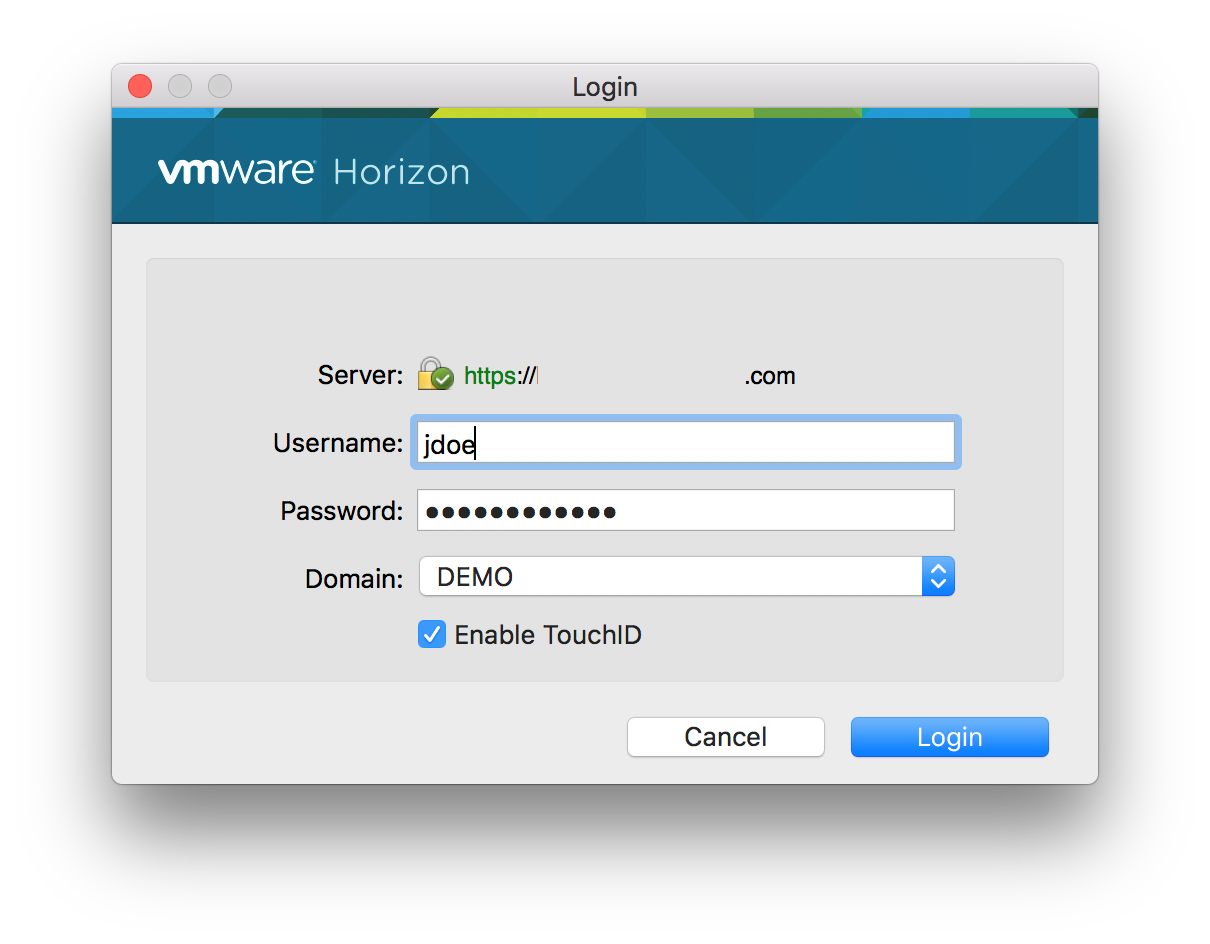

- WEAKNESSES OF THE PCOIP PROTOCOL ANDROID
- WEAKNESSES OF THE PCOIP PROTOCOL PC
- WEAKNESSES OF THE PCOIP PROTOCOL MAC
The challenge comes when multiple device types access the same pool.
WEAKNESSES OF THE PCOIP PROTOCOL MAC
Windows and Mac clients can use both PCoIP and Blast Extreme, so they are easy to satisfy. If they work with many of the thin clients on the market, PCoIP is the de facto choice. If they primarily access desktops with mobile devices, then VMware Blast Extreme is a great choice. So, should View shops use PCoIP or Blast Extreme as the default remote display protocol? As always with VDI, it comes down to what users need. The same is not true for Blast Extreme because H.264 is a video encoding scheme susceptible to loss. The other key characteristic is that PCoIP usually builds a pixel-perfect, lossless image on the client screen. They are easy to manage and deliver the most PC-like experience for users. PCoIP works best with zero clients with Teradici chips. Take this quiz to see how much you know.Ī lot of View users use PCoIP, and the protocol still does a great job. There are a lot of different remote display protocols out there, and keeping them all straight isn't easy. Remote display protocol pop quiz: How much do you know?

all offer thin clients that support VMware Blast Extreme. Admins can then configure virtual desktop pools to use Blast or allow users to change the protocol in their clients. To use the new protocol, users' desktops and View clients must have updated View agents. Blast Extreme does not appear in the product user interface rather the new protocol is still just called Blast. VMware Blast Extreme uses the H.264 video encoding standard which any modern mobile device can handle in its GPU, rather than CPU. Lower power consumption means longer battery life. A key design principle with VMware Blast Extreme is to offload graphics processing from the CPU, which reduces the power consumption for accessing a desktop. One limitation with VDI on mobile devices is battery life.
WEAKNESSES OF THE PCOIP PROTOCOL ANDROID
Users work with smartphones and tablets as VDI clients far more frequently than they did when Apple iOS and Google Android first released their VDI clients. It plays into the rise of mobile devices in the VDI world. VMware Blast Extreme builds on the best capabilities of the Blast protocol and delivers them to a native client on users devices.

There are also challenges with using additional client-side devices, such as client drives, printers and USB keys. It's a good access method because it lets users connect to multiple View deployments in different tabs and allows them to use anything, even a Chromebook, as a VDI client.īut using a web browser has its own challenges, in particular when it comes to consistency. The pool still needs a default display protocol HTML5 is just an additional access option. The Blast HTML5 gateway is a feature of the Horizon View Security and Connection servers and is enabled as an option on a virtual desktop pool. It uses a web browser as a client, with no additional client components to install. Companies should only use RDP with View when there is no other choice - for example, when an organization has thin clients that only work with RDP or if users access desktops from a network that locks down internet access other than Secure Sockets Layer. It is the fall-back protocol when all else fails and it really doesn't work as well with View as other protocols. Microsoft's RDP is the lowest common denominator for View. So what should organizations use where? What are the strengths and weaknesses of each protocol and can organizations have just one protocol for all uses? The choice is really only between PCoIP and VMware Blast Extreme for VMware shops and the decision comes down to the devices users work with.
WEAKNESSES OF THE PCOIP PROTOCOL PC
The remote display protocol leaders are Microsoft Remote Desktop Protcol (RDP), PC over IP (PCoIP), VMware Blast and the new Blast Extreme, as well as Citrix's HDX technologies. After years atop the market, Teradici's PC over IP has some serious competition. VMware's Horizon View VDI product has a new remote display protocol.

For years PCoIP has been the go-to remote display protocol for View shops, but VMware's in-house protocol, Blast Extreme, is ready to take over.


 0 kommentar(er)
0 kommentar(er)
